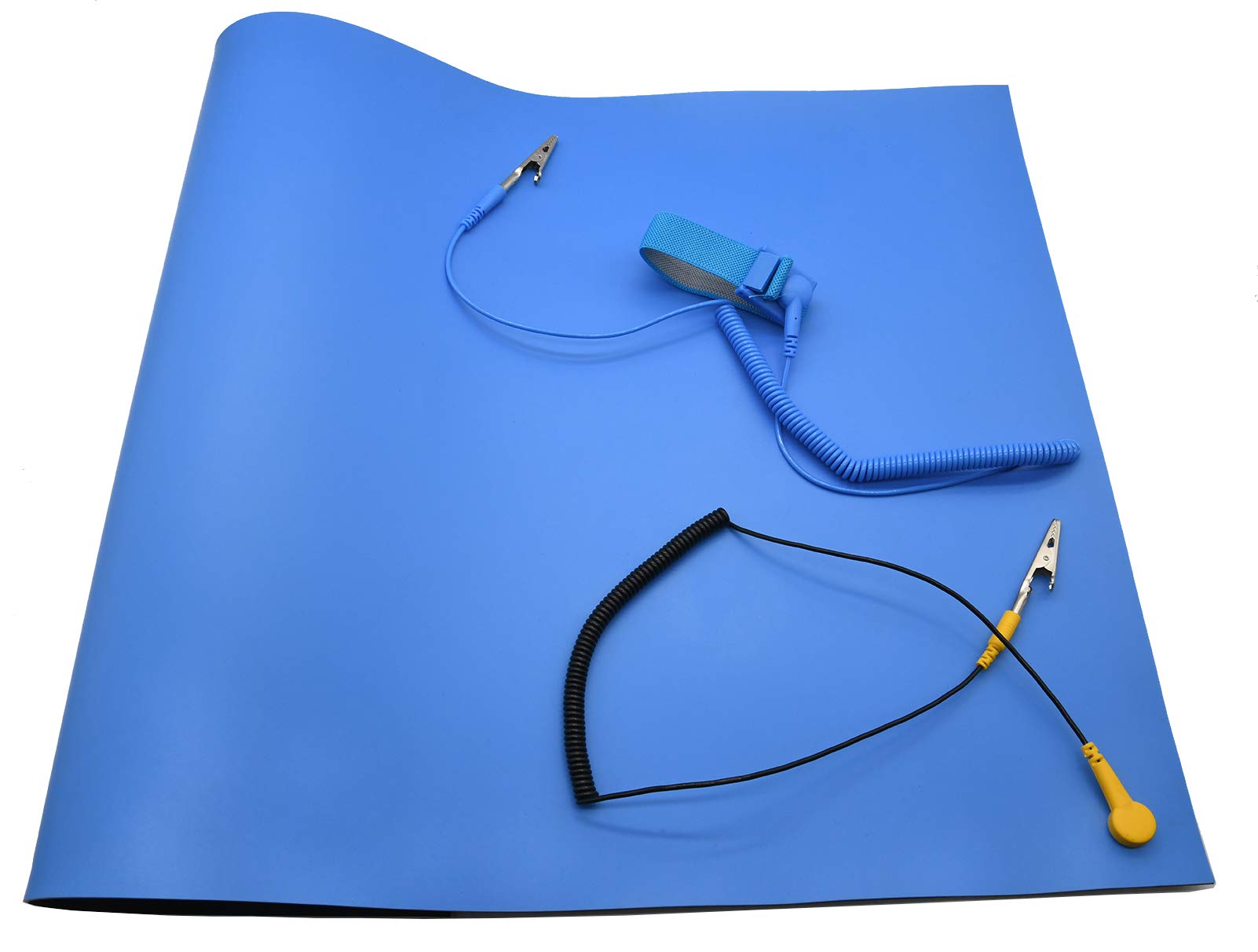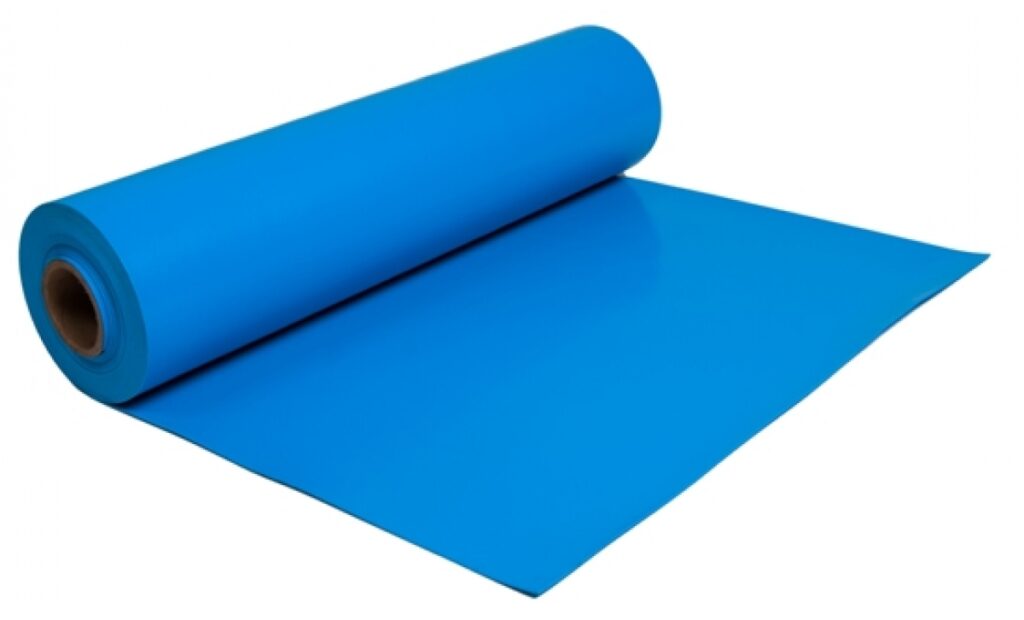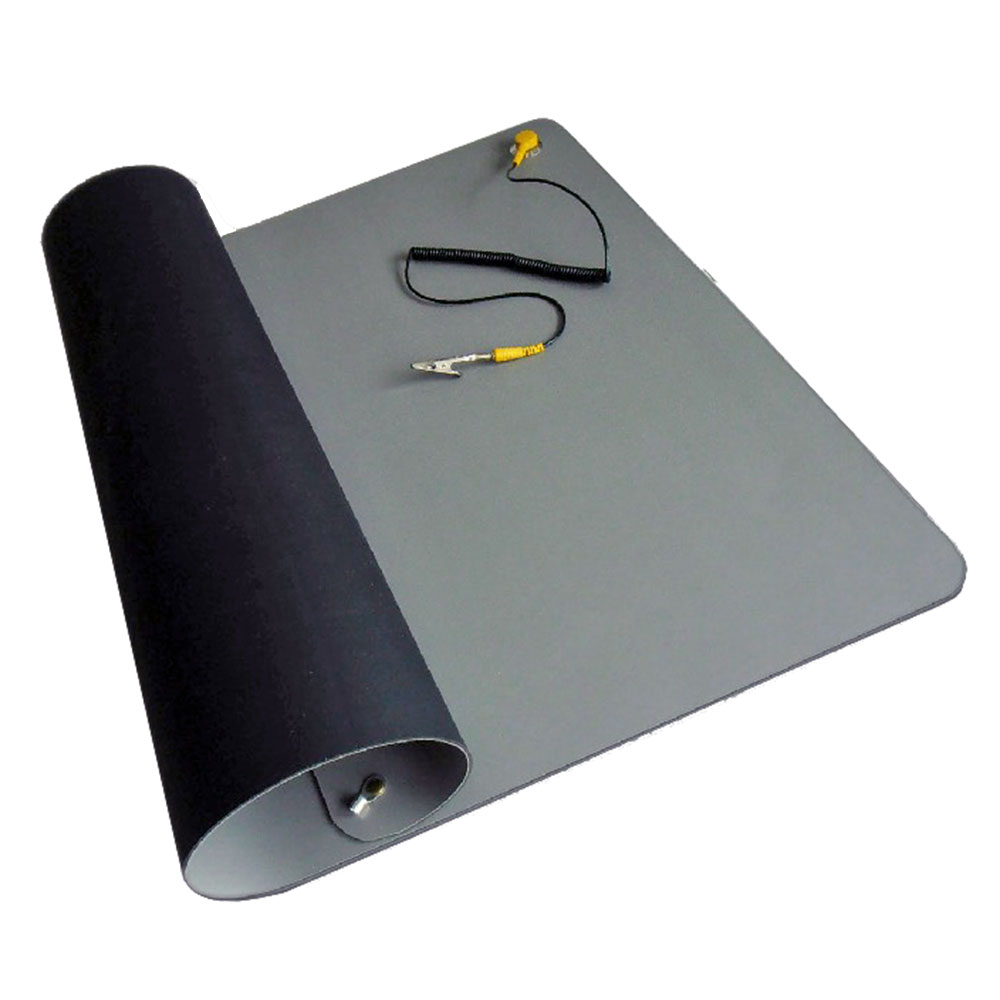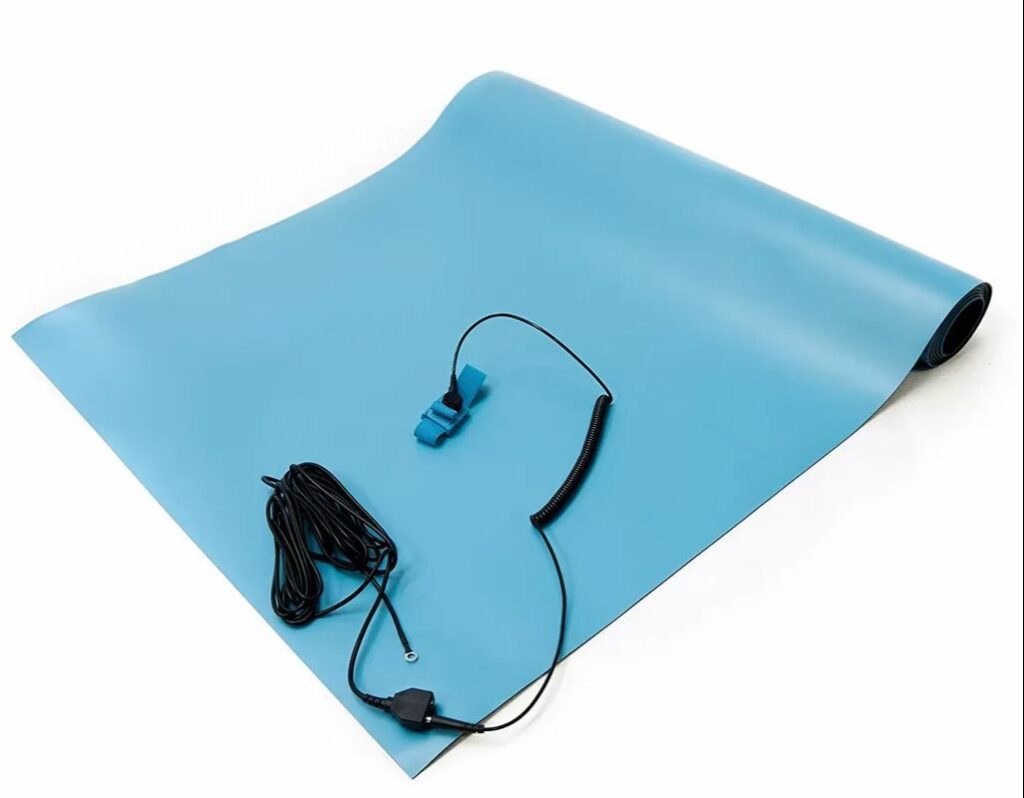What Are Anti-Static Mats and Why Do You Need One?

Learn what anti static mats are, how they prevent ESD damage, and why your facility needs them. Discover the right mat for your workspace today.

Anti Static Mats Explained: What They Are and Why Your Workplace Needs Them
Static electricity may be invisible, but its impact can be devastating in sensitive environments — from electronics manufacturing floors to laboratory benches and cleanrooms. The tiny jolts and discharges it produces can damage components, disrupt experiments or contaminate processes. That’s where anti static mats come in: purpose-built, grounded mats that safely dissipate electrostatic charges before anything can go awry.
In this guide, you’ll learn exactly what anti‑static mats are, how they operate, the types available, where they’re best used and how to choose, install and maintain them. Along the way, we’ll highlight Rhino’s high‑quality, UK‑made matting solutions designed for longevity and performance. Whether you’re a facilities manager, ESD safety officer or electronics manufacturer, you’ll discover why investing in the right anti‑static mat is a smart, cost‑effective decision.
What Are Anti Static Mats?
Anti static mats, sometimes called ESD or dissipative mats, are specially engineered floor or bench coverings that control static electricity by providing a path to ground. Made from materials with controlled electrical resistance, they prevent build‑up of static charges and eliminate sudden discharges that could damage sensitive equipment.
It’s important to distinguish between:
- Anti‑static mats — engineered to reduce static build‑up.
- ESD mats — designed to manage and safely dissipate electric charges.
- Conductive mats — often used in applications needing rapid charge transfer.
Each type serves a unique purpose; choosing the correct one ensures maximum protection. Rhino’s high‑performance solutions, such as the Rhino Xtratuff ESD Workbench Mat provide clarity and compliance for delicate workspaces.
How Do Anti-Static Mats Work?
Anti‑static mats function on two central principles: grounding and resistance control.
First, mats connect to the earth (usually via a ground cord and clip), which safely directs static charges away. Second, they feature specific electrical resistance, typically in the dissipative range (10⁶–10⁹ ohms) — allowing charges to drain slowly rather than discharging suddenly in dangerous sparks.
This controlled discharge is critical in environments with electronic components or flammable substances. Regular testing, using a surface resistance meter, ensures mats remain within specified resistance bands over time.
Products like the Rhino Xtratuff ESD Workbench Mat are tested and certified for controlled resistance, supporting consistent ESD protection.

Types of Anti Static Mats
Choosing the right mat depends on the environment and the static risk involved. Here’s a breakdown of the main types:
Mat Type | Resistance Range | Best For |
Conductive | 10³–10⁶ Ω | Rapid discharge areas, e.g., heavy-duty electronics |
Dissipative | 10⁶–10⁹ Ω | General electronics, labs, cleanrooms |
Hybrid | Layered conductive/dissipative | Multipurpose zones needing balanced properties |
- Conductive mats discharge charges very quickly but offer little protection against sudden surges.
- Dissipative mats control the rate of discharge, reducing spark risk.
- Hybrid mats combine features, useful for mixed-use environments.
For flexible cutting and detailed work, the Rhino Supaseal AS Self‑Healing Cutting Mat is a reliable hybrid solution.
Materials & Construction
Anti‑static mats are usually made from:
- Rubber: Durable, heat-resistant, excellent anti‑slip properties. Ideal for floor mats.
- PVC: Cost-effective, easy to clean, suitable for desks or carts.
- Layered composites: Often layered conductive + dissipative + insulating layers in one mat.
Material | Benefits | Drawbacks |
Rubber | Durability, heat & chemical resistance | Higher cost, less transparent |
Vinyl | Affordable, light, easy cleaning | Less durable, limited heat resistance |
Composite | Balanced electrical & mechanical properties | More complex manufacturing, moderate cost |
Where Are Anti Static Mats Used?
Anti‑static mats are essential across many sectors:
- Electronics manufacturing – protect PCBs and hazards-sensitive components.
- Laboratories – especially those handling chemicals or sensitive samples.
- Pharmaceutical – where contamination and static both pose risks.
- Aerospace – where component integrity is mission-critical.
- Cleanrooms – where controlling particle and static counts is essential.

How to Choose the Right Anti Static Mat
When selecting an anti static mat, it’s vital to assess a range of practical and technical factors to ensure it performs reliably in your specific environment:
- Electrical resistance: Ensure the mat’s resistance falls within the appropriate range for your ESD control programme. Conductive mats (10³–10⁶ ohms) are suitable for rapid discharge, while dissipative mats (10⁶–10⁹ ohms) offer controlled discharge for sensitive components.
- Durability: Evaluate how much wear and tear the mat will face. Industrial settings may demand thick, multi-layered mats with high abrasion resistance, whereas light-duty tasks in offices or labs may only require thinner, flexible options.
- Compliance standards: Verify that the mat meets relevant standards, such as ISO 14644 for cleanrooms, ANSI/ESD S20.20 for static control, or UL certification for safety. These ensure legal compliance and consistent performance.
- Surface texture: Choose a surface finish suited to your application—textured surfaces offer anti-slip benefits for floor mats, while smooth surfaces suit precise bench tasks like cutting or assembly.
- Size and shape: Select a mat that fits your working area—whether it’s a full-floor installation, a desktop workstation, or a small tool mat. Custom sizes may be needed for unusual layouts.
- Cleaning and maintenance: Some materials withstand solvent-based cleaners better than others. Consider how often the mat will be cleaned and whether it can retain its anti-static properties over time.
Buyer checklist:
- Resistance within 10⁶–10⁹ ohm (or as required)
- Compatible with your grounding setup
- Material is appropriate for the task and environment
- Mat dimensions suit your workspace
- Certifications are included or available
- Maintenance aligns with your site’s cleaning protocols

Cleaning & Maintenance Tips
To maintain ESD performance:
- Use mild detergent and warm water; avoid harsh chemicals.
- Air‑dry naturally. Solvents may damage resistance.
- Test surface resistance monthly or per internal SOP.
- Avoid sharp objects and rolling heavy equipment over mats.
- Store flat and away from extreme temperatures to prevent curling or breakdown.
Proper upkeep prolongs mat life and ensures ongoing static protection.
How to Install an Anti Static Mat
Installation steps:
- Clean the underlying surface.
- Lay the mat flat, avoiding air pockets.
- Connect the ground cord to the mat’s snap or metal strip.
- Clip other end to a verified ground point.
- Test continuity from work surface through mat to earth.
For stationary setups, the Rhino Supaseal Grey Cutting Mat includes pre-installed grounding snaps to simplify installation and ensure compliance.
Why Anti Static Mats Are a Smart Investment
The cost of component failure, data corruption or downtime far outweighs the modest price of high-quality mats. Benefits include:
- Reduced ESD damage – saving on replacement costs.
- Operational continuity – avoiding costly shutdowns.
- Regulatory compliance – ensuring ISO, IPC and ISO 14644 standards are met.
- Staff safety and morale – fewer incidents boost confidence and productivity.
Even a small mat like the Rhino Supalite Clear Cutting Mat can prevent a single board from failing, making the ROI immediately clear.
Static control failures jeopardise both sensitive equipment and operations. Anti‑static mats offer a simple, effective defence in labs, factories, cleanrooms and beyond. Rhino’s UK‑made range delivers quality, compliance and durability across every application, from heavy‑duty floor mats to clear-cutting benches.
For more details or to explore sizes and features, visit our https://rhinocuttingmat.co.uk/products/anti-static-esd-mats/ and see how Rhino can safeguard your workspace today.
